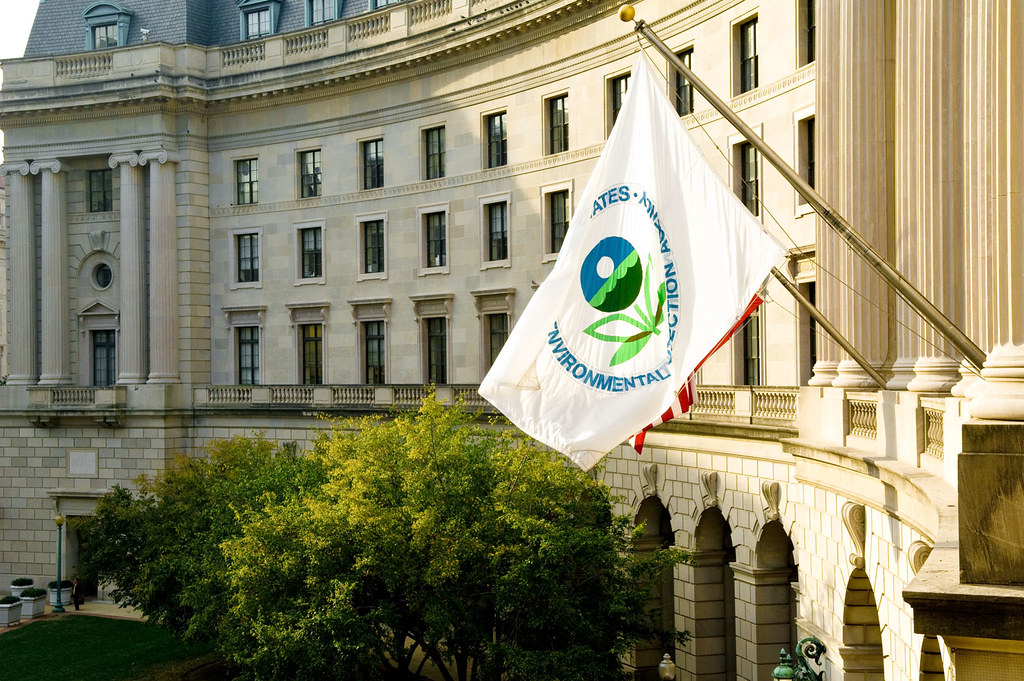Hi guys, and welcome back to my blog. This week, I wanted to do another “what’s new in public health” post. I haven’t done any public health content in a few weeks, and I want to get back to it. Public health is fascinating to me, so much so that I’ve decided to apply for a Master’s Program. If I’m accepted, I will begin classes in the summer of 2025–just a little life update if you didn’t already know.
Honestly, I’m pretty excited about it. I’m always on everyone’s ass telling them to “pursue their passions” and whatnot, and this is me living up to my own great advice. Going back to school is something I look forward to. Not being a student for the past seven months or so has been strange. I get that we need to move on and do real-world shit, but sometimes continuing our education is that real-world shit. If a little more education is required of me to make important changes in the field of public health, then so be it. Guess my happy ass is going back to school. And by back to school, I mean taking like three online classes a semester from the comfort of my own home or a coffee shop.
EPA Bans Trichloroethylene:
Anyway, a few days ago, an article came out on the EWG website that caught my attention. The article is titled “EPA finalizes ban on all uses of notorious cancer-causing solvent TCE.” Trichloroethylene, also known as TCE, is a toxic chemical found in many consumer products, such as stain removers and wood finishes. The problem with TCE is that it is known to cause cancer and many other health-related issues. This is especially dangerous for those who work in settings where this chemical is used, but also for the average American because tap water can become contaminated with TCE, thus increasing the risk of exposure.
Recently, the EPA banned the use of TCE here in the states. This is a big deal and a huge step forward in addressing public health concerns such as cancer and developmental and reproductive illnesses that TCE has been known to cause.
TCE Contamination:
The EWG article notes that as many as 19 million Americans live in communities affected by TCE contamination. It is alarming that our tap water could have harmful levels of this compound without us even being aware of it. Because TCE is used in many commercial and industrial processes, there is a large potential for environmental release, thus leading to the possible contamination of drinking water. Thankfully, the new ban by the EPA will end the dangerous use of TCE, which can damage our health without us fully realizing it.
While there are ways to avoid the issue of contaminated drinking water, such as private wells and water filtration systems, these things can be expensive. Why should the American people have to take on the price of the harmful effects of industry pollution? For me, I’m thinking, “How the fuck did that come to be my problem.” Most people, including myself, don’t want to sell a limb on the dark web just to be able to afford clean, safe drinking water. Simply put, we need our country to do better for us. This ban on TCE is certainly a step in the right direction.
The toxicity of this chemical was important to address because it exists almost everywhere. For example, TCE is found in air, water, soil, and waste sites. People can be exposed to this compound by breathing in vapors, skin contact, or through contaminated soil or water.
What Happened at Camp Lejeune?
The infamous TCE contamination story that occurred at a Marine Corps base in North Carolina called Camp Lejeune is further evidence that this ban was long overdue. For decades, TCE had contaminated the drinking water at Camp Lejeune, leading to a significant increase in illness and death.
In 1985, a sergeant named Jerry Ensminger lost his daughter Janey to leukemia when she was just nine years old. Janey was exposed to a high amount of toxic chemicals while their family was stationed at the base, which was the most likely cause of her illness.
Moved by the tragedy, Jerry spoke out about the government’s lack of action on the issue of contaminated drinking water. In response, Congress eventually passed the Janey Esminger Act in 2012 under the Obama administration. This law offered affected veterans and their families a wider range of health benefits and medical services for illnesses caused by the toxic TCE chemical exposures at Camp Lejeune.
It’s incredibly sad to hear a story like this, but even more so to know the government took its precious time to support the service members who were affected. Janey is just one example of the harm these toxic chemicals can have on children and families. I’m sure there are an endless number of cases where people were diagnosed with a health issue attributed to TCE yet unable to identify it as the cause.
Closing:
The EPA’s ban on TCE is good news for all of us. The ban on this toxic chemical is significant because it simultaneously improves workplace and consumer safety. There’s no worthwhile reason that toxic chemicals linked to so many health-related issues and co-morbidities should be used in our country. Public health suffers when we ignore the warning signs of toxic chemicals such as TCE. This is one major win, yet American policy must continue to move forward. We need to keep seeing improvements if we want public health to be at its best.
Enough about TCE. The article just caught my attention, and I wanted to give my thoughts regarding the new ban. I’ll be back next week, perhaps with a topic even more enthralling and exhilarating than TCE.
Until then, stay real.
